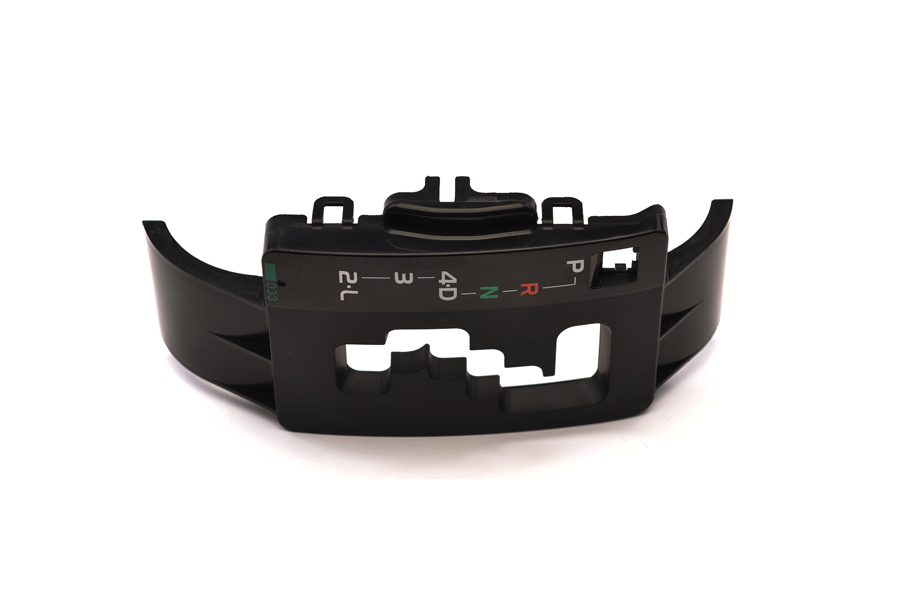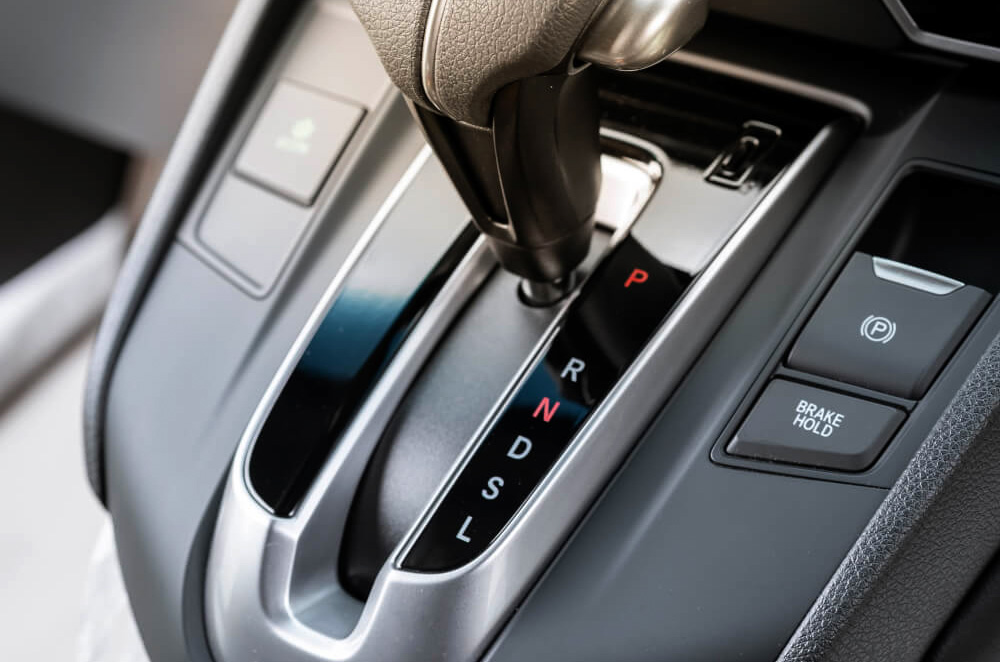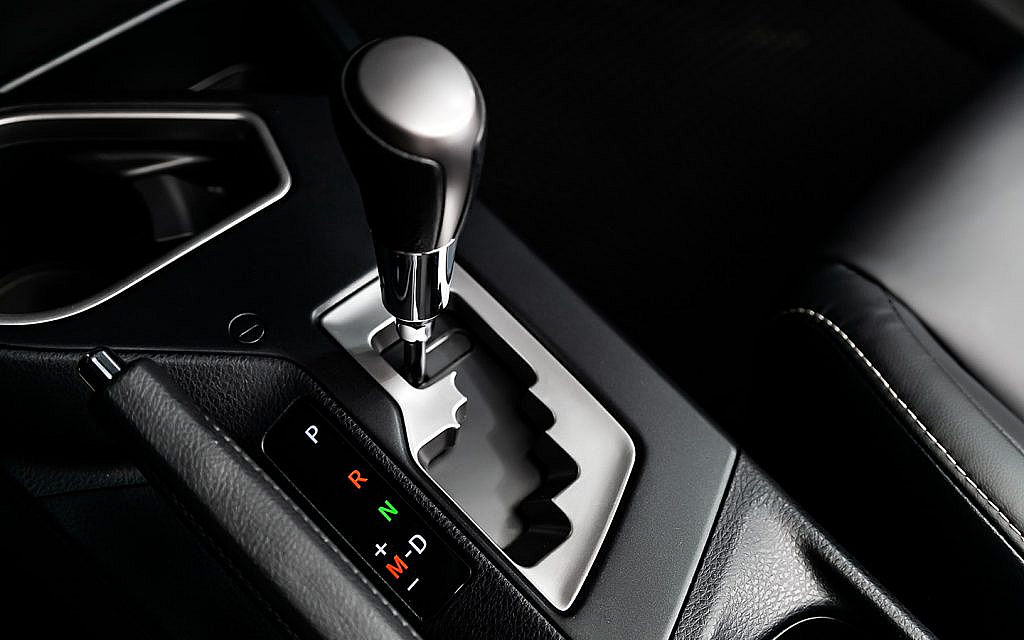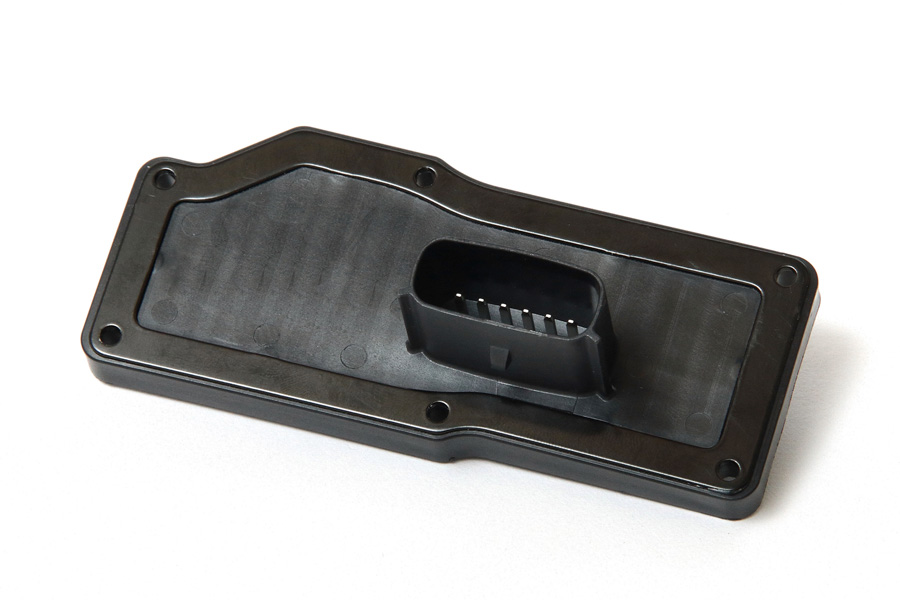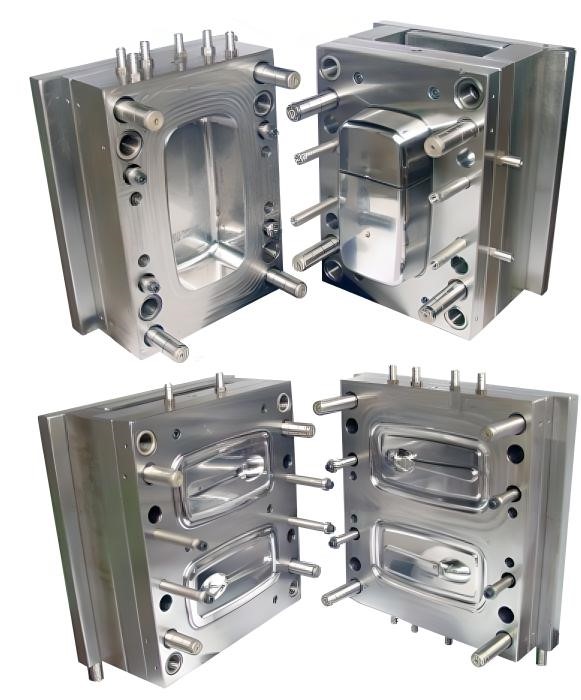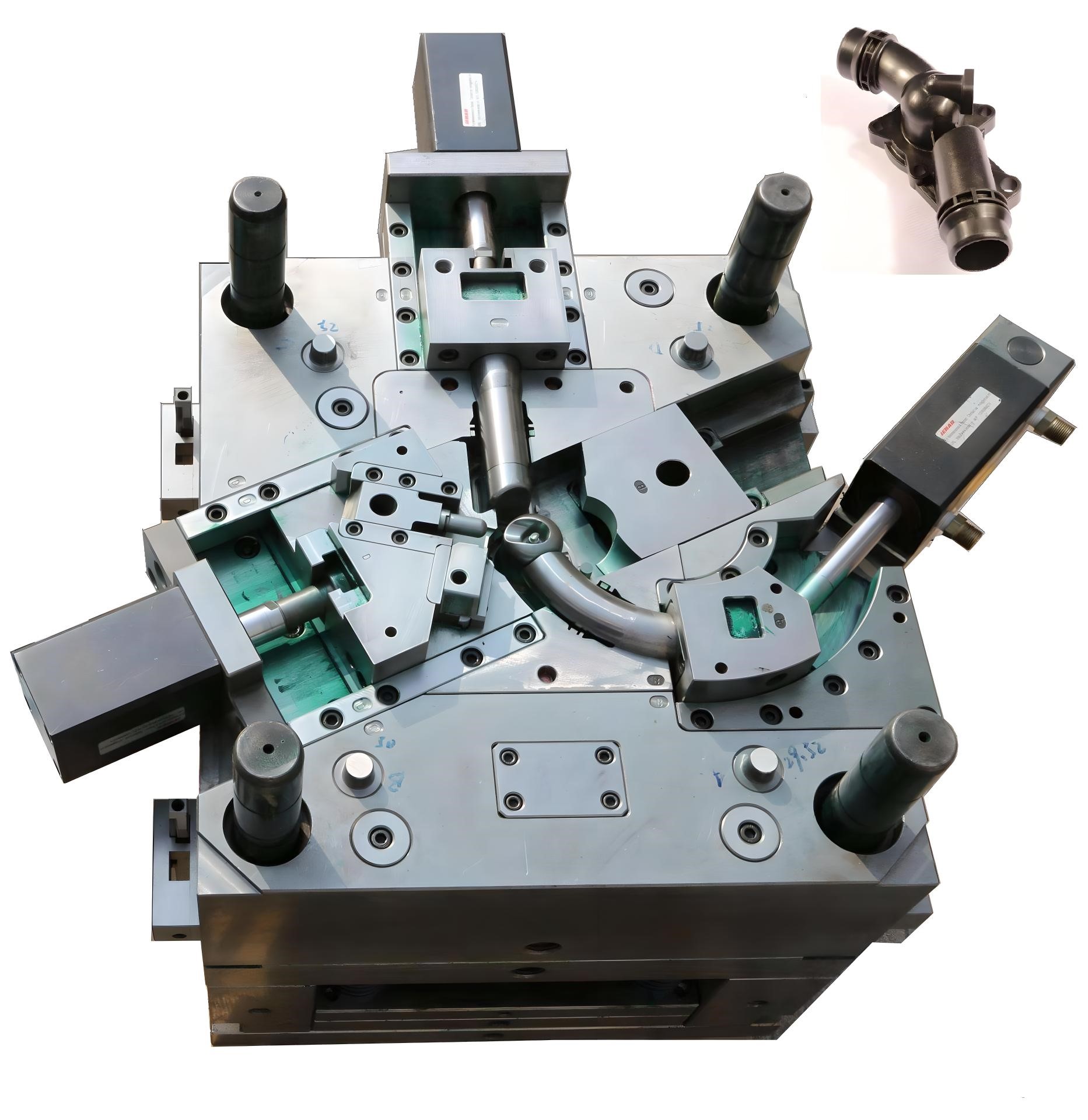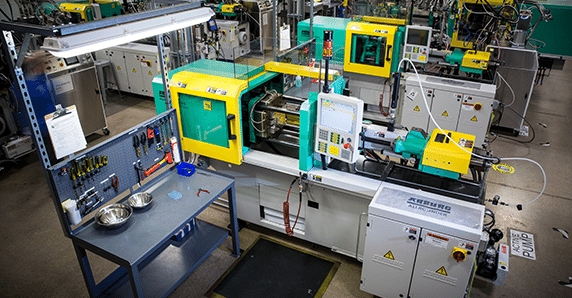Your blog feed for digital manufacturing resources, in-depth features, and industry news.
Shifter PRNDL Troubleshooting: Quick Fixes for Smooth Operation
Table of Contents
Introduction
The Shifter PRNDL (Park, Reverse, Neutral, Drive, Low) system is a vital part of every vehicle, controlling gear shifting and influencing driving comfort and safety.
But like any complex system, issues can occasionally arise. Whether you’re a manufacturer, technician, or vehicle owner, understanding common Shifter PRNDL problems and how to troubleshoot them is essential for ensuring smooth, reliable operation.
Here’s a simple guide to help you troubleshoot and resolve common issues with Shifter PRNDL systems.
Gear Won’t Shift (Stuck in Park)
One of the most common issues drivers experience is the Shifter getting stuck in Park. This can happen due to various reasons, and here’s how to fix it:
-
Check the Brake Pedal Sensor: Many vehicles have a shift interlock system that prevents the car from shifting out of Park unless the brake pedal is depressed. If the brake pedal sensor is faulty or misaligned, the system may fail to detect that the brake is engaged.
- Solution: Inspect and repair or replace the brake pedal sensor if necessary.
-
Inspect the Shift Lock Solenoid: The shift lock solenoid is designed to prevent shifting out of Park without pressing the brake. If this solenoid fails, the gear won’t shift.
- Solution: Check for power to the solenoid and replace it if faulty.
-
Low Transmission Fluid: Insufficient transmission fluid can cause shifting problems.
- Solution: Check the fluid level and top it up if necessary. If the fluid level is low, inspect the system for leaks.
Unresponsive Gear Indicators
Sometimes, the gear indicator on the dashboard or on the Shifter PRNDL itself may fail to display the correct gear or become completely unresponsive. This issue can be due to electrical problems or a malfunctioning gear position sensor.
-
Check the Electrical Connections: Loose or damaged wiring can cause the gear indicator to malfunction.
- Solution: Inspect the wiring and connections around the gear position sensor and electronic control system. Repair any loose or damaged wires.
-
Inspect the Gear Position Sensor: The sensor detects the position of the Shifter and sends that information to the vehicle’s control system. If the sensor malfunctions, the gear indicator will not work correctly.
- Solution: Test the sensor and replace it if it’s defective.
Shifter Is Hard to Move
-
If the Shifter is difficult to move between gears, it could be due to mechanical or lubrication issues.
-
Check for Obstructions: Physical obstructions around the Shifter, such as debris or broken parts, can cause the Shifter to stick or become stiff.
- Solution: Inspect the Shifter assembly and surrounding area for any debris or broken components and remove them.
-
Lubricate the Shifter Mechanism: Over time, dust, grime, or lack of lubrication can cause the Shifter to become stiff.
- Solution: Apply lubricant to the moving parts of the Shifter mechanism to improve movement and ease shifting.
-
Shifter Moves but Doesn’t Engage Gears
If the Shifter moves, but the vehicle does not engage the gears (e.g., the car stays in neutral or doesn’t move), the issue could be related to the transmission system itself.
-
Transmission Fluid Check: Low or dirty transmission fluid can prevent the transmission from engaging properly.
- Solution: Check the transmission fluid level and condition. If it’s low or dirty, replace the fluid and filter.
-
Check the Transmission Linkage: The linkage between the Shifter and the transmission may have become loose or disconnected.
- Solution: Inspect and adjust the linkage if necessary to ensure proper gear engagement.
Unusual Noises When Shifting
Hearing clunking or grinding noises while shifting can be a sign of internal problems within the Shifter assembly or the transmission system.
-
Inspect the Shifter Assembly: Loose or worn-out parts within the Shifter mechanism can cause unusual noises when shifting.
- Solution: Inspect and tighten any loose components within the Shifter assembly. Replace worn or damaged parts.
-
Check the Transmission: Grinding noises can also indicate internal transmission issues, such as worn gears or faulty synchronizers.
- Solution: Have the transmission inspected and repaired by a professional mechanic if necessary.
Troubleshooting a Shifter PRNDL system doesn’t have to be complicated. By following these simple steps and understanding the most common issues, you can quickly identify and resolve any problems that arise with your Shifter system. Whether it’s an issue with the gear position sensor, shift lock solenoid, or transmission fluid, addressing the problem early will ensure that your vehicle shifts smoothly and operates safely.
- Aerospace
- Agriculture
- Alternative Energy
- Automotive
- Building and Construction
- Chemical
- [email protected]
- +86 153 0262 2329
- Mon-Sun 8:00-22:00

